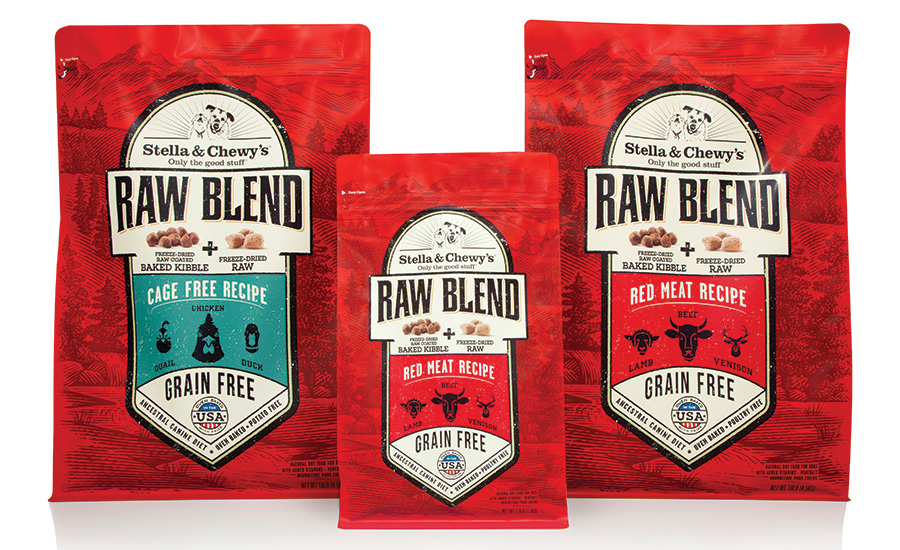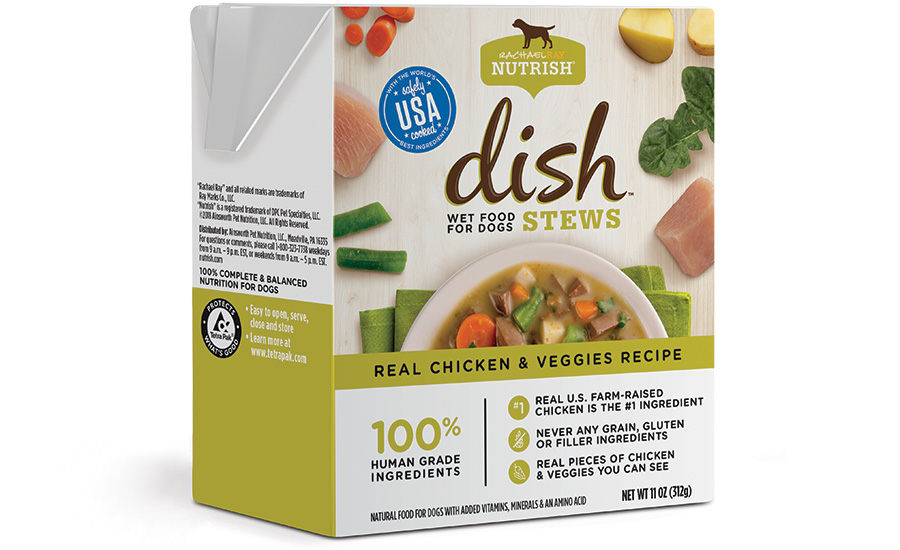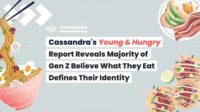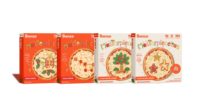As pet ownership among boomers declines, pet food brands are turning their attention to millennial and Gen Z consumers. These younger generations are quickly redefining what it means to be a pet parent, including everything from how they bond with their pet to how they shop for them.
While millennial shoppers continue to gravitate toward more healthful and sustainable options for their own food, they’re also looking for those same qualities when shopping for their four-legged friends — and they’ve shown that they’re willing to pay for these added benefits. According to a global study by Nielsen, almost three out of four millennials said they are willing to pay extra for sustainable offerings.
Gen Z is showing similar consumer attitudes with 55% saying they would pay more for products and services from companies that are “committed to positive social and environmental impact.”
In addition to sustainability and environmental impact, younger consumers are looking for pet food that offers a superior taste and quality experience for their pet, with labels that list wholesome, natural ingredients. Pet parents are also looking for convenience with an eye toward packaging that is convenient and easy to use.
Sustainability
Sustainable pet food is about more than the sustainability of the ingredients themselves — packaging plays a key role in the environmental profile of a product. According to Mintel, 29% of U.S. adults aged 18 to 22 say they specifically shop for products that are environmentally friendly.
There are several ways to reduce packaging’s environmental impact using smart design and material choices. Look for packages that are lightweight and use less materials in general. Also, ensure those materials are coming from renewable and sustainable sources, such as paperboard supplied from responsibly managed forests or plastics made from plants like sugarcane.

Another important sustainability aspect for packaging is its ability to protect the food within, extending its shelf life and preventing unnecessary waste. Select a package that prevents exposure to light and oxygen to protect the product’s taste, color, smell and nutritional value. Aseptic and retort cartons are a great example of this. This technology extends shelf life without the need for preservatives or refrigeration.
Packaging end-of-life is another important consideration for today’s environmentally conscious consumer. The recyclability of a package is now expected. Brands should go a step further by clearly communicating the lifecycle of the package, including what kinds of products the package can be made into once it is recycled.
Taste and Quality
Pet parents are increasingly concerned with feeding their pets something tasty and made from high-quality ingredients. According to Mintel, four in 10 dog owners take their pets’ taste preferences into consideration when selecting food — making it a more important decision-making factor than limited ingredients or grain free. And among cat food purchasers, 31% base their decision on taste.
As further evidence of the taste trend, pet food toppers or broths have become a growing segment of the pet food industry, with 12% of U.S. dog and cat owners currently purchasing these items. Mintel research shows that adding a topper to dry or wet food customizes the dining experience for the pet and can have added nutritional value.
Pet parents are also looking more closely at the quality of ingredients listed on the label. According to Nielsen, pet foods that are GMO-free grew nearly 29% in sales in 2018. Other “free-from” claims growing in sales include free-from corn, hormones, fillers, artificial preservatives and artificial colors.
Clean Label
Clean label is another area where pet food trends are strongly mirroring trends for human food. The clean label trend is all about having a short list of ingredients on the label that are easy to understand. In 2017, 62% of U.S. consumers agreed that the fewer ingredients in a food, the healthier it is; and nearly 50% said they prefer to eat foods without artificial additives, according to a survey by Mintel.
Unsurprisingly, many consumers are looking for meat to be prominently displayed on their pet food’s ingredient list. In fact, according to Mintel, 40% of dog food purchasers and 35% of cat food buyers based their purchase decision on “real meat is the first ingredient.”

While meat remains important in the minds of pet parents, they are also seeking pet foods with fruits and vegetables on the label for added nutrition and health benefits. Nielson reports that produce such as cranberry, blueberry and sweet potato, for example, are growing in popularity.
Convenience and Ease of Use
Like all consumers, millennial and Gen Z pet parents are busy and are looking for pet food options that are convenient and easy to use — and packaging is a key factor. According to Mintel, 26% of consumers have avoided buying a product because the packaging somehow failed them in the past. Among shoppers age 18 to 24, this number grows to 37%.
As millennial and Gen Z’s attitudes toward food continue to shake up the food and beverage industry, it’s important for pet food to keep up with these trends. By keeping sustainability top of mind while selecting high-quality, wholesome ingredients and making the product easy to use, brands can ensure they are aligned with the trends younger consumers are looking for.
Tetra Pak is a leading food processing and packaging solutions corporation that works closely with customers and suppliers to provide safe food. Visit tetrapak.com.
|
Through the years, as natural pet food has begun to mature and “go mass,” pet specialty marketers have segmented natural with numerous variations, the most important of which are grain-free, limited-ingredient, ancient grains/ancestral and organic. Most of these product types are directly reminiscent of trends at play in human foods; and while none have taken off to the degree grain-free has, most can be expected to remain in play for at least the next few years. As the names suggest, many such products hinge in no small part on what they do not contain.

In Packaged Facts’ Q1 2018 Pet Owner Survey, top “free-of” product claims among dog and cat owners alike include no grains, limited ingredient diets and gluten-free. Looking ahead, the group expects additional free-of claims take hold, including carrageenan-free, BHA/BHT/Ethoxyquin free and potato-free. |



